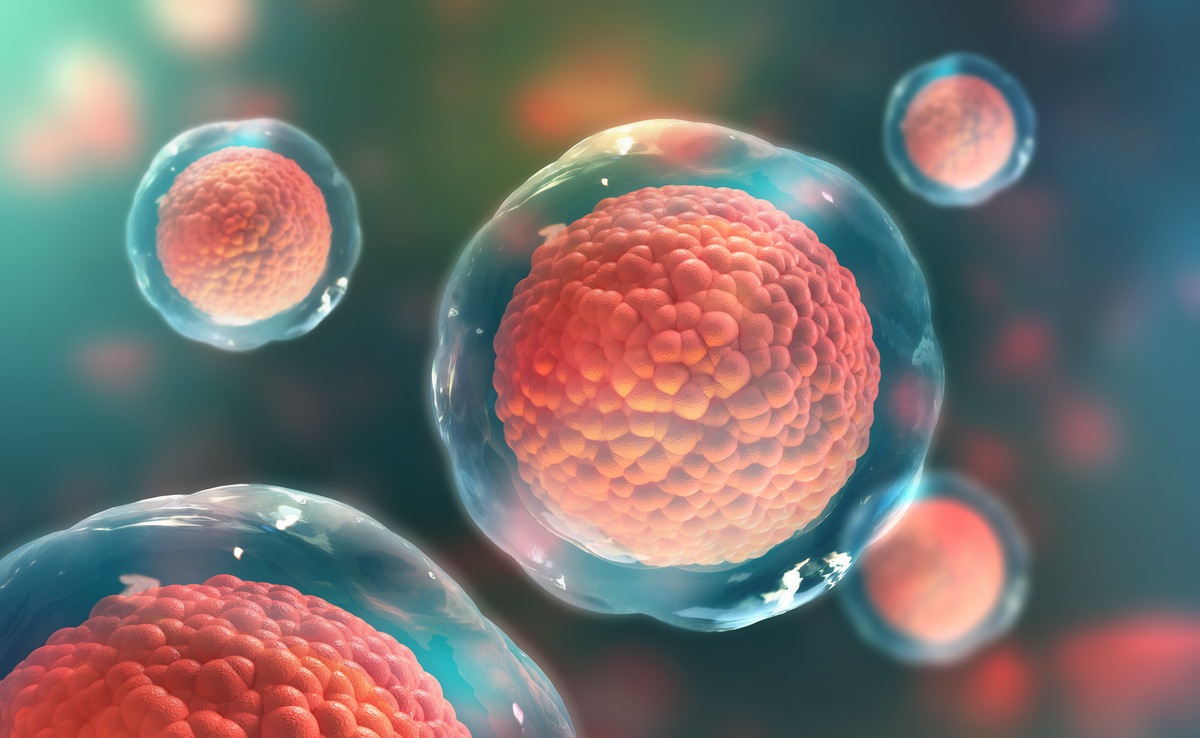
A study presented at the 2025 Tandem Transplantation & Cellular Therapy Meetings of ASTCT and CIBMTR evaluated the association between survival outcomes and measurable residual disease (MRD) status before hematopoietic stem cell transplant (HSCT) in patients with myelodysplastic syndromes (MDS) or MDS/myeloproliferative neoplasms (MPN).
“Measurable residual disease (MRD) has emerged as a potential prognostic marker for allogeneic stem cell transplant (HSCT) outcomes in various hematologic malignancies. However, the MRD status in myelodysplastic neoplasm (MDS) or myelodysplastic/myeloproliferative neoplasm (MDS/MPN), can be difficult to interpret due to heterogenous disease biology and unique limitations in each MRD measuring techniques,” the study authors wrote.
Using data from adult patients who underwent HSCT at the University of Iowa Health Care from 2012 to 2023, the researchers compared outcomes of those with undetectable MRD (MRD−) (n=38) and those with detectable MRD (MRD+) (n=55) before HSCT.
The MRD− and MRD+ cohorts had similar baseline characteristics including age, Revised and Molecular International Prognostic scores (IPSS-R and IPSS-M), and HSCT-related factors. Although the MRD+ cohort had worse relapse-free survival (RFS) (hazard ratio [HR], 1.84; 95% CI, 1.09-3.12; P=0.02), there was no statistically significant difference in overall survival (OS) (HR, 1.52; 95% CI, 0.88-2.61; P=0.14).
Patients with MRD+ had a 1.92 times increased risk of relapse or death (95% CI, 1.12-3.28; P=0.02) after adjusting for conditioning intensity and blast percentage at diagnosis. IPSS-M score was associated with worse RFS (HR, 1.27; 95% CI, 1.01-1.59; P=0.04) and OS (HR, 1.52; 95% CI, 1.20-1.91; P<0.01).
The researchers also performed a conditional analysis of outcomes based on MRD status at day +90 after transplant. If patients achieved an MRD− status by day +90 after HSCT, MRD status before HSCT did not affect RFS and OS in a statistically significant way.
“Pre- and peri-HSCT MRD testing may offer valuable survival prognostic information in patients with MDS and MDS/MPN and should be considered part of routine disease surveillance,” the authors concluded.
Reference
Yodsuwan R, Mott S, Vegel A, et al. Effect of pre- and peri-transplant measurable residual disease clearance in patients with myelodysplastic neoplasm; a referral center experience. Presented at: 2025 Tandem Transplantation & Cellular Therapy Meetings of ASTCT and CIBMTR; February 12-15, 2025; Honolulu, Hawai’i.







 © 2025 Mashup Media, LLC, a Formedics Property. All Rights Reserved.
© 2025 Mashup Media, LLC, a Formedics Property. All Rights Reserved.